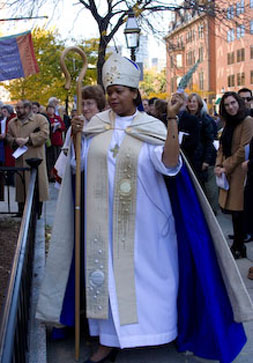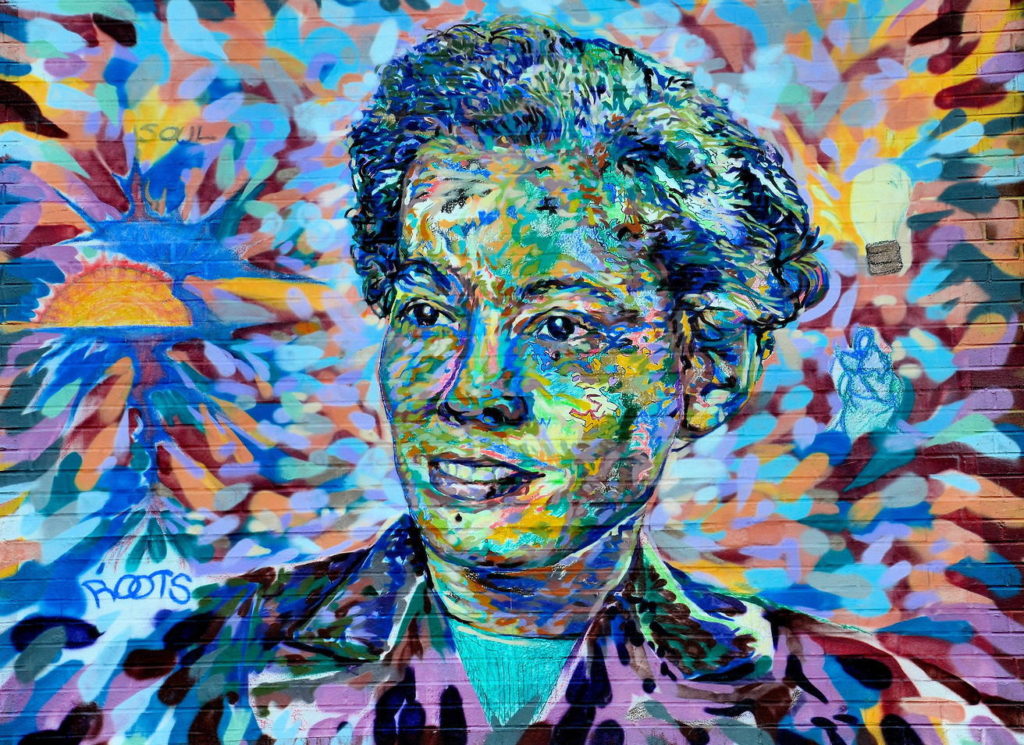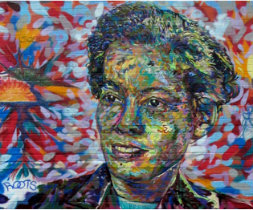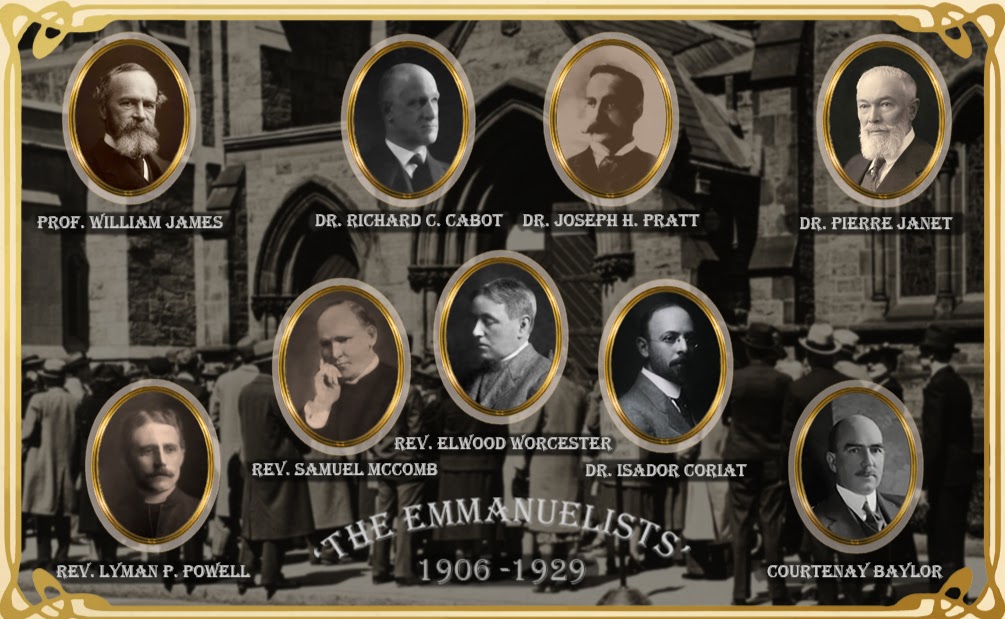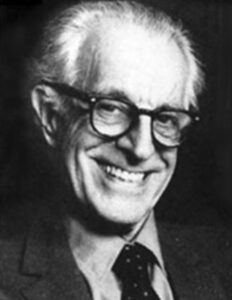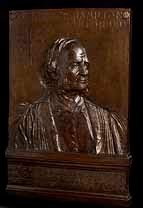October 28. Rector Leighton Parks set up the Emmanuel Club to give young men of the parish a venue for fellowship. Samuel Taylor was its first secretary. They met several times a year for dinner with speakers or entertainment at the newly formed University Club at 270 Beacon Street. Fitz-Henry Smith Jr. was secretary during its last year in 1911. A member of the Harvard College Class of 1896, he went on to write these works about Boston:
- The story of Boston light, with some account of the beacons in Boston harbor (1911).
- The French at Boston during the Revolution : with particular reference to the French fleets and the fortifications in the harbor (1913).
- Storms and shipwrecks in Boston and the record of the life savers of Hull (1918).
November. The Rev. Henrietta Rue Goodwin began her service as deaconess at Emmanuel, which included distributing clothing, monitoring the Mothers’ Meeting, helping to fund choir vestments, and overseeing a Bible class and the Students’ Club. Her reports in our Yearbooks (1897-1906), give her accounting of Special Funds for distribution of aid to the poor and her other activities, which included thousands of visits to the sick and needy.
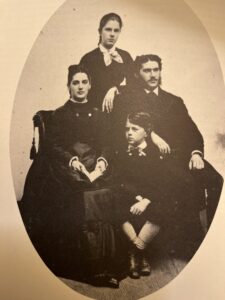
Children of Anne & Benjamin Rotch (clockwise): Aimee, Edith, Arthur & Lawrence
Work of Emmanuel House in the South End was transferred to our mission there, Church of the Ascension.
Edith Rotch, the younger daughter of Anne Bigelow Lawrence & Benjamin S. Rotch died at the age of fifty. She was memorialized by her sister Aimee R. Sargent in our Rotch reredos.
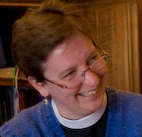 Our vestry called The Rev. Pamela L. Werntz to be our twelfth rector.
Our vestry called The Rev. Pamela L. Werntz to be our twelfth rector.